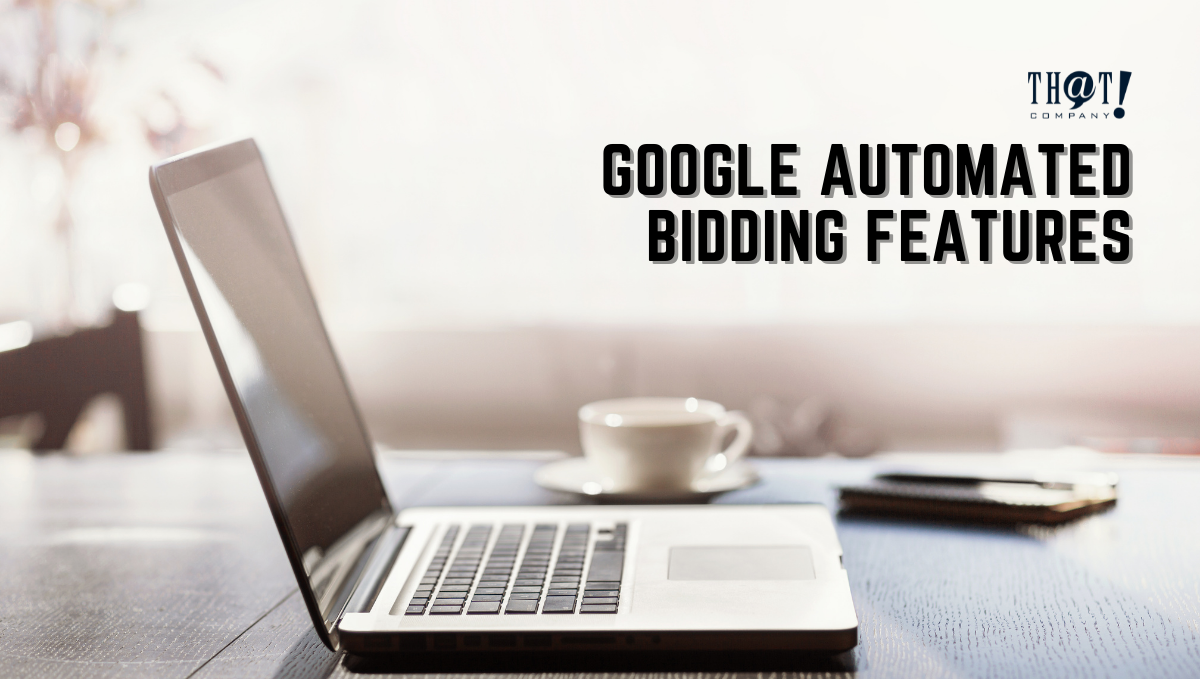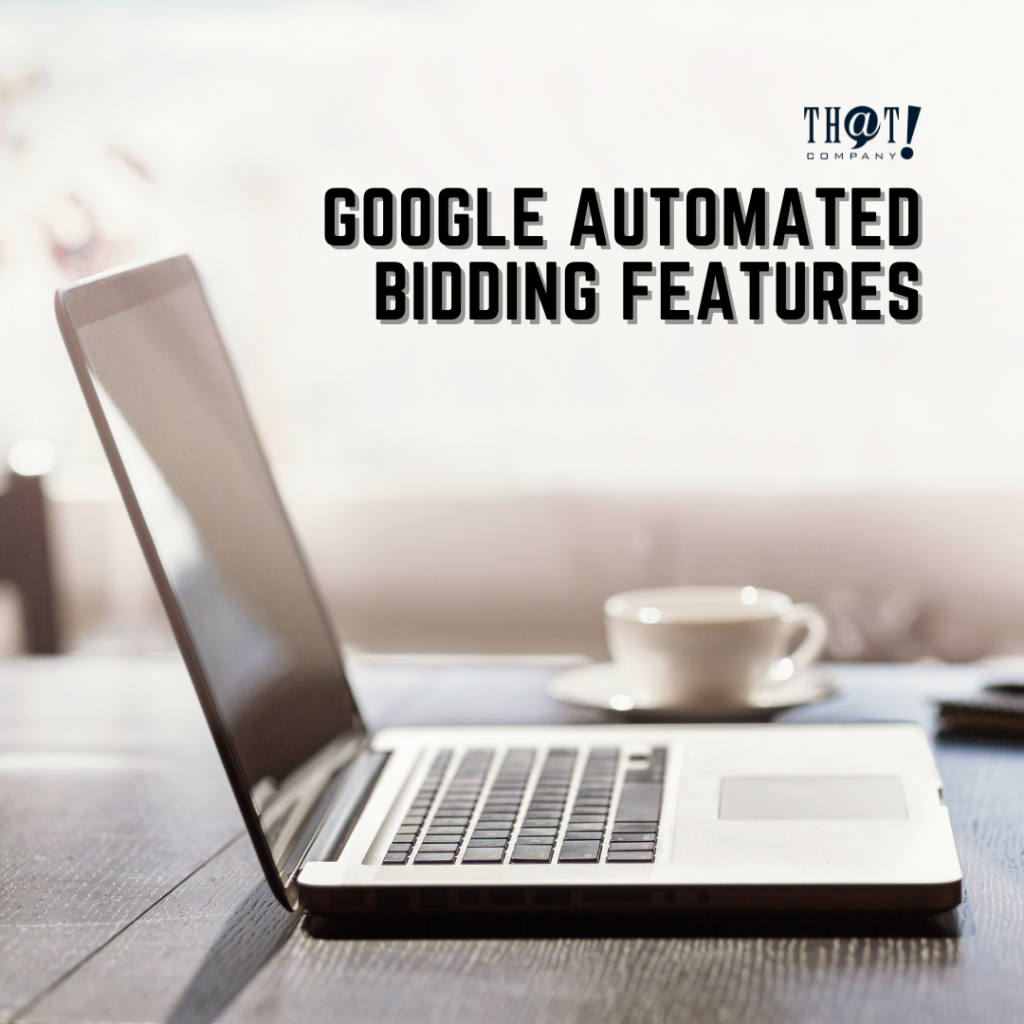
Any time you start a new system the first step should be to read the instructions, I know guys are not known to read instructions until they are totally lost and there is no one around to witness this defeating action. But who would know more than the creators of the system, although until users start working in the system in real-life situations will you know how well the system is developed? This leads to support desk calls or live chats as the world has changed with Covid running wild around the world, to start the process of upgrades and updates.
How did Google get around listening to clients’ concerns and complaints? Easy, with just one word, AUTOMATION! Now not all automation is a bad thing, it makes some jobs more efficient and takes danger from others. While at the same time, it takes jobs away from the workers turning the wrenches, so to speak.
Google’s use of automation started out very simple, for the search engine only. As each new site or service is added to Google’s portfolio the system needs to be tweaked and adjusted as more and more information is being processed every single second of the day. This automation has also made it possible for Google to offer services that would be cost-prohibitive in this world of constant change and volumes of data. However, this type of automation was not designed for human interaction, which you can plainly see when you encounter their automated features.
Google Ads has multiple automated bidding strategies designed to accomplish specific results. These bid strategies are used to manage your bids and to promote your ads in a more intelligent way. This system takes the manual interactions out of adjusting bids and ad statuses, with one exception – humans can still override these automated features.
Hiring a White Label PPC management company is a great option for business owners who want to get a number one ranking on Google for less cost. Whether your company is new or established the key to success is in the quality of your content and the quality of your ad copy. Learn more about what is white label and how it can help your business.
Automated bidding is not a new concept, as it has been around since Google introduced AdWords. But this article will give you a clear overview of how Automated Bidding works and what the different bid strategies are about.
Manual Bidding vs Advanced Bidding
 Google AdWords requires its users to manually bid on their ads, this means you must enter bidding strategies manually into the account, and then you can use the various features of Google’s bidding platform. It is not enough to set your bid in one place and have it start flowing through your account, you will need to monitor your campaigns closely and make adjustments as needed.
Google AdWords requires its users to manually bid on their ads, this means you must enter bidding strategies manually into the account, and then you can use the various features of Google’s bidding platform. It is not enough to set your bid in one place and have it start flowing through your account, you will need to monitor your campaigns closely and make adjustments as needed.
Google’s bid strategies are called Automated Bidding. These bidding strategies are designed to give you an advantage over your competitors by allowing you to automate your AdWords account. As these automated features run, they adjust bids and ad placement based on a large variety of factors. There are many automated enhancements for the purpose of optimizing your ads, time, and money.
There are three main types of automated bidding strategies: Target cost per action, Target return per action, and Enhanced CPC (Google’s original bid strategy). For most small businesses it is best to stick with the basic Enhanced CPC bid features.
[bctt tweet=” Google Ads has multiple automated bidding strategies designed to accomplish specific results. These bid strategies are used to manage your bids and to promote your ads in a more intelligent way!” username=”ThatCompanycom”]Enhanced CPC Bid Strategy
 The Enhanced CPC bid feature gives you the ability to set a maximum bid for each keyword. This automatic feature will allow you to purchase keywords at a lower cost since Google’s system will adjust your bids based on your max cost per click. This automated tool can be overridden by the user at any time. The benefit to this type of bidding strategy is that you can get more clicks for a lower cost but if set too low it’s possible that your ads could be turned off.
The Enhanced CPC bid feature gives you the ability to set a maximum bid for each keyword. This automatic feature will allow you to purchase keywords at a lower cost since Google’s system will adjust your bids based on your max cost per click. This automated tool can be overridden by the user at any time. The benefit to this type of bidding strategy is that you can get more clicks for a lower cost but if set too low it’s possible that your ads could be turned off.
Target ROAS Bid Strategy
The second type of automated bidding strategy is the Target Return on Ad Spend (Target ROAS). The main objective in using this bidding system is to have your return on ad spend be as high as possible. This automatic bid feature allows you to bid up to a certain limit, trying to get your return on ad spends as high as possible. If Google is not getting you the best ROAS it will raise your max cost per click or lower it if you are already getting a good ROAS. This automated feature is not controlled by the user but can be overridden by the human.
Target Cost Per Conversion Bid Strategy
 The last automated bidding strategy to look at is Target Cost Per Conversion (TPC). This automated bid feature allows users to set up a max bid for ads based on the cost of their conversion. This is the most complex automatic bidding strategy and requires someone with excellent knowledge of Google’s AdWords system. Before using this bidding strategy you must first understand how PPC works. This automated feature is designed to give you the best conversion rate while keeping your cost per acquisition as low as possible.
The last automated bidding strategy to look at is Target Cost Per Conversion (TPC). This automated bid feature allows users to set up a max bid for ads based on the cost of their conversion. This is the most complex automatic bidding strategy and requires someone with excellent knowledge of Google’s AdWords system. Before using this bidding strategy you must first understand how PPC works. This automated feature is designed to give you the best conversion rate while keeping your cost per acquisition as low as possible.
Each of these automated bidding strategies has specific uses and should be used with caution. While they are great for advanced users, someone new to Google’s advertising platform should not use them in their campaigns. While this article is designed to be simple, it can be quite complex to the average user. Some users will be better able to use these automated bidding strategies than others. These strategies are great for those users who have a lot of time on their hands and can spend hours managing the different automated features in Google’s AdWords system.
The two main ways Google makes money from AdWords are through the clicks that it charges advertisers and through the display ads that it sells to advertisers on its own properties (search results, YouTube, etc. ). Google will split the earnings between the advertiser and itself. The advertiser then gets paid by the click or view and a percentage of that is then distributed back to Google.
Since these automated features are not available for use by beginners, there are a few things you can do to make up for this. First, if you have plans to increase your budget, you can start out with the basic Enhanced CPC bid strategy. This will give you good results in the beginning, as you start to gain a good amount of traffic, you can then take control of your account.
While these automated bidding features have their advantages, they take away the control account managers have with manual bidding. Even though the automated strategies make adjustments to the bids to achieve a specific goal, they still rely on human interaction. Once the goal that is set has been achieved, the automation can’t improve the results. The only way to improve further is to adjust the goal for the campaign.
There are places for the automated features but to continue to improve the performance of a campaign you have to have an experienced PPC account manager overseeing your accounts.






























